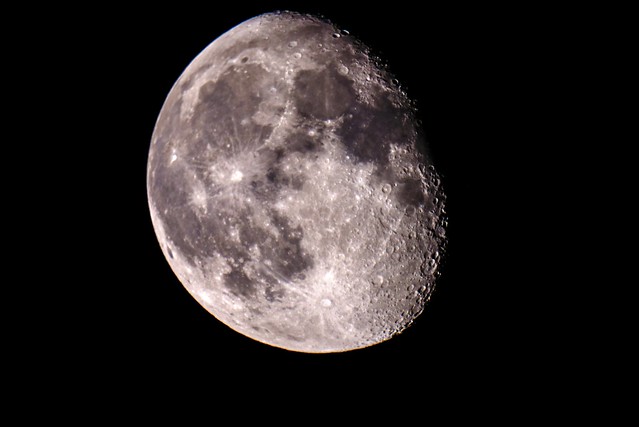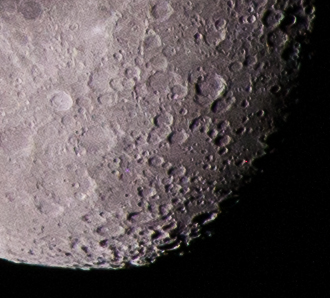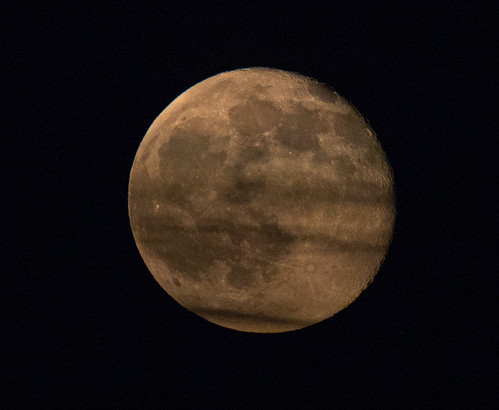I used to have the same Sigma 150-500 lens.
I searched for moon shots but I couldn't find any with that lens. I had that lens for a short time before I replaced it with a 150-600 Tamron that I got a good deal on.
Before I take moon shots I look at the edge of craters in binoculars to see if I can see deep ridges. I think I normally look at the top right of the Sea of Tranquility. If I don't see the ridge detail that I like then I know my moon shot is just a "normal" moon shot. From my location it is very few and far between when I actually get a really good photo. Yes it's clear a lot, no clouds that one can see but it's all the stuff that you can't see that is the problem.
It's normally best (around here) after a storm front has pushed through. And the occasional blackout from school & street lights which are various colors.
Looking through a telescope you can actually see all the movement of stuff in the sky which steals away detail. The more off of a 12 o'clock position you get, the less detail you get (of course, the higher in the atmosphere you are the better it will be).
I also pick a time of night when the moon is directly up. This will have the thinnest atmosphere and minimal light atmospheric refraction. The refraction is how one gets a red moon, etc. Of course when it's large or red it has no detail.
Then on to the camera.
Pick a nice sturdy concrete pad for the camera. NOTE: I've found even concrete pads vibrate. When taking a photo do not move at all or with a remote take the shot about 10 feet away (and don't move).
1 - a very sturdy tripod. yes, even more sturdy than what you think is sturdy. Be careful of windy nights. Stand in a position to block the wind if needed. Connect the tripod to the lens on the lens mount (for the Sigma).
2 - use MUP (on Nikon) which first release the shutter is brought up, 2nd release the photo is taken. Wait about 5 seconds between releases.
3 - use Manual exposure mode. The moon actually is moving fairly quickly. Don't let the camera decide aperture or shutter as you may lose detail just from too slow a shutter.
4 - Aperture - Pick the sharpest aperture for your lens. For the Sigma 150-500 and Tamron 150-600 that is f/8.
5- Manual focus to infinity, though my camera focuses just fine on the moon (to infinity) on my Tamron - the Sigma as fine too (on d7000 and d600).
then take your shot
 81WN Waning Gibbous 20140814 Illumination: 81%
81WN Waning Gibbous 20140814 Illumination: 81% by
Steve Sklar, on Flickr
..
 Moon_20150607-03
Moon_20150607-03 by
Steve Sklar, on Flickr


 81WN Waning Gibbous 20140814 Illumination: 81%
81WN Waning Gibbous 20140814 Illumination: 81% Moon_20150607-03
Moon_20150607-03 20150831_RedMoon_v2-01
20150831_RedMoon_v2-01 MoonColors_20150603-14
MoonColors_20150603-14 97WX Waxing Gibbous 20150630 _Moon-01
97WX Waxing Gibbous 20150630 _Moon-01






![[No title]](/data/xfmg/thumbnail/42/42457-a2cc06037a1ecaed84b9f0e5366fa8c7.jpg?1734176995)
